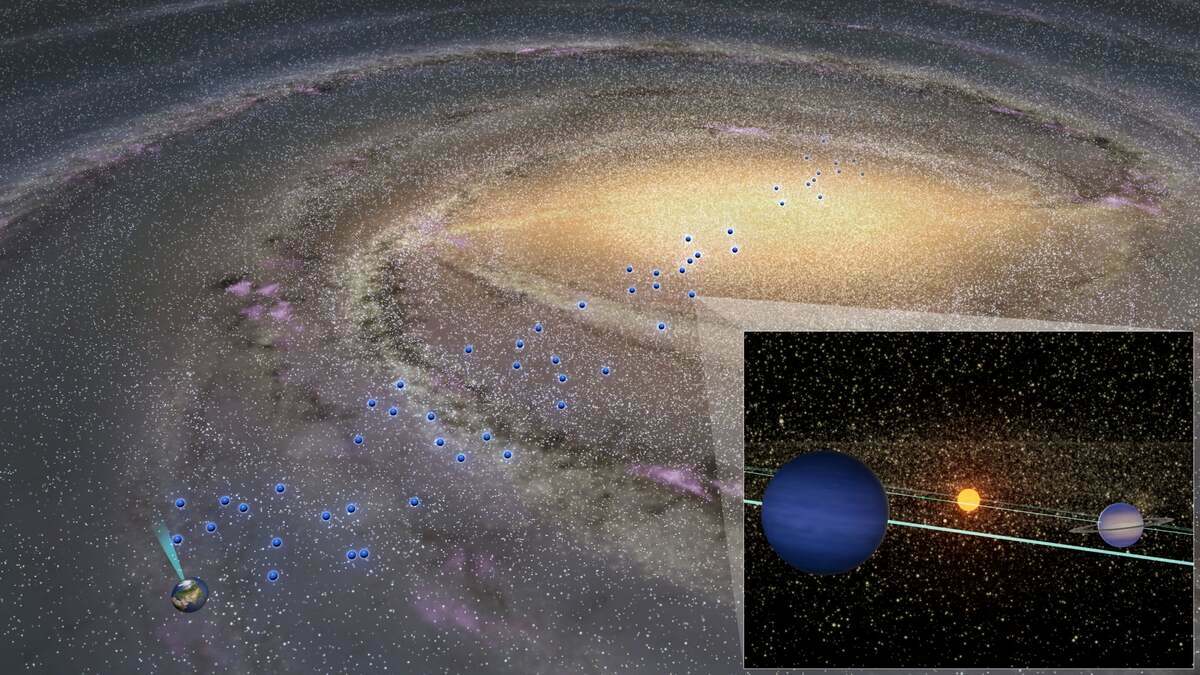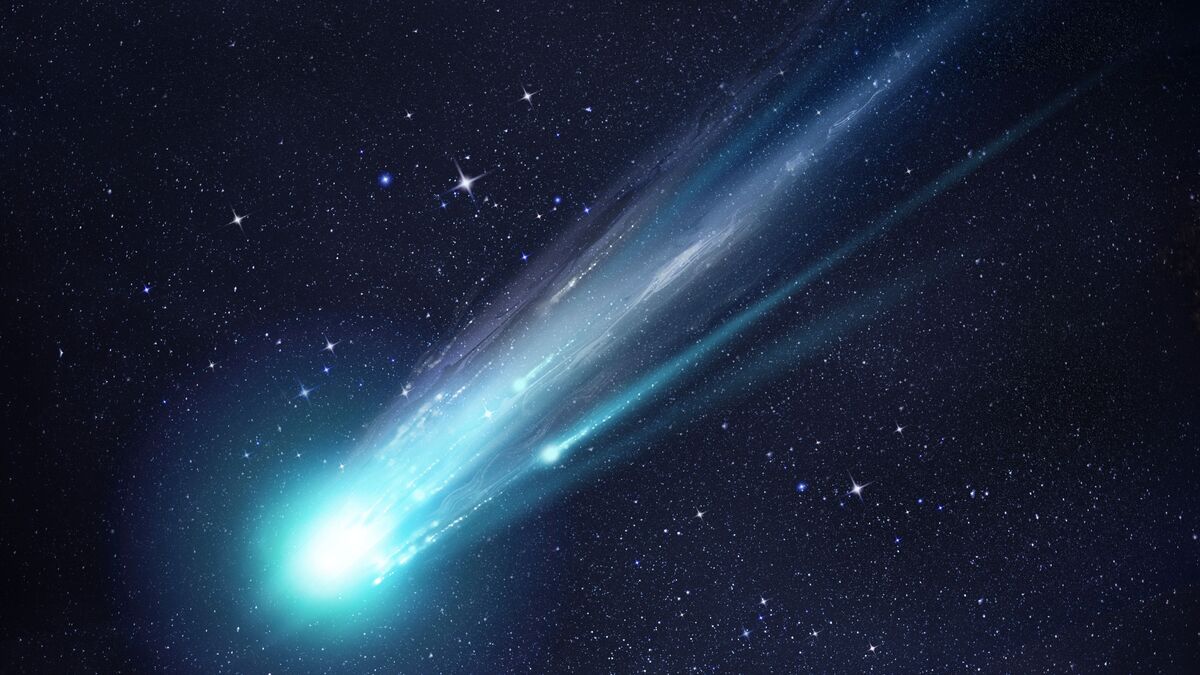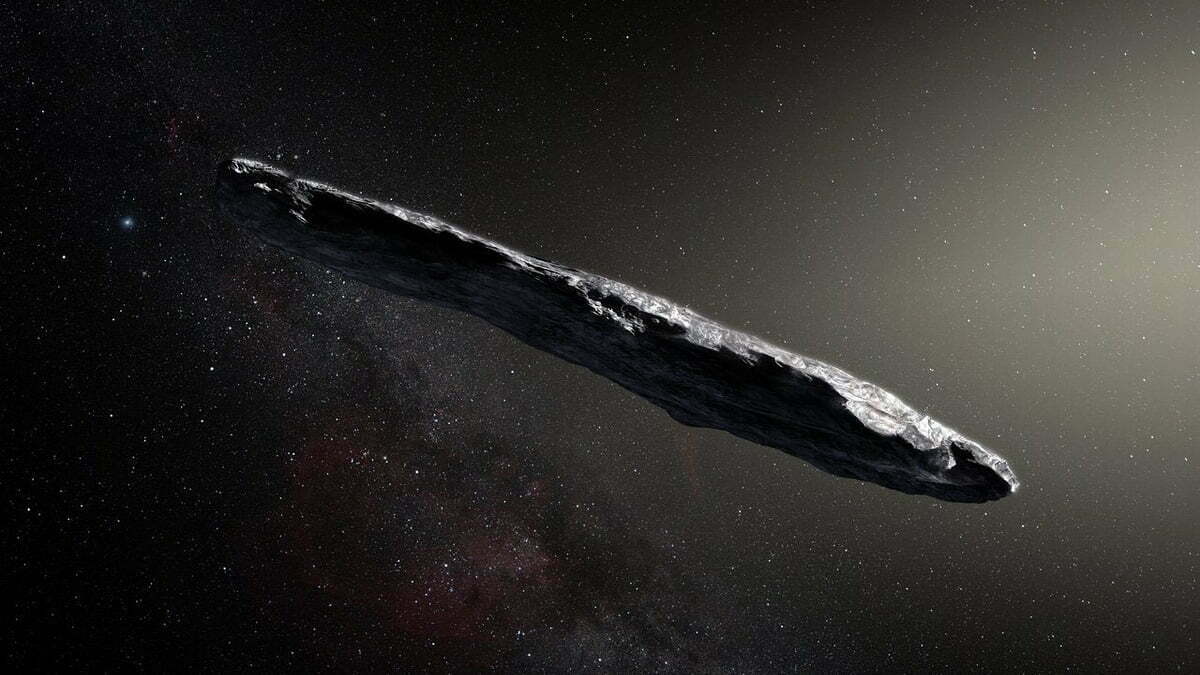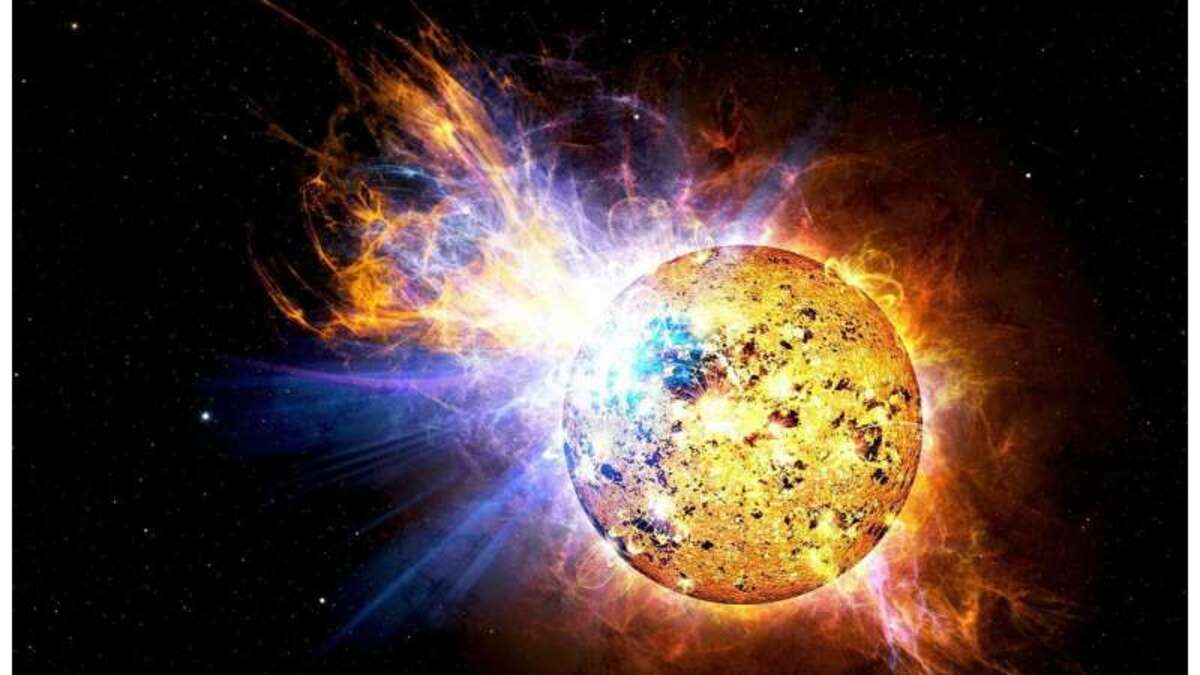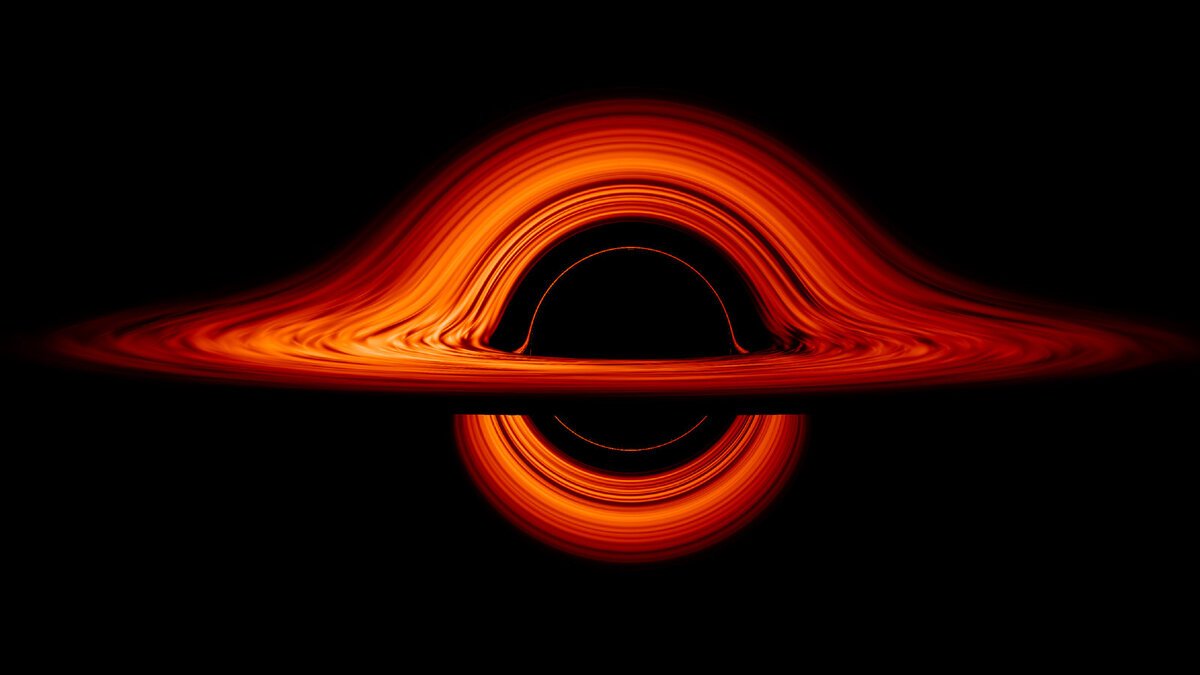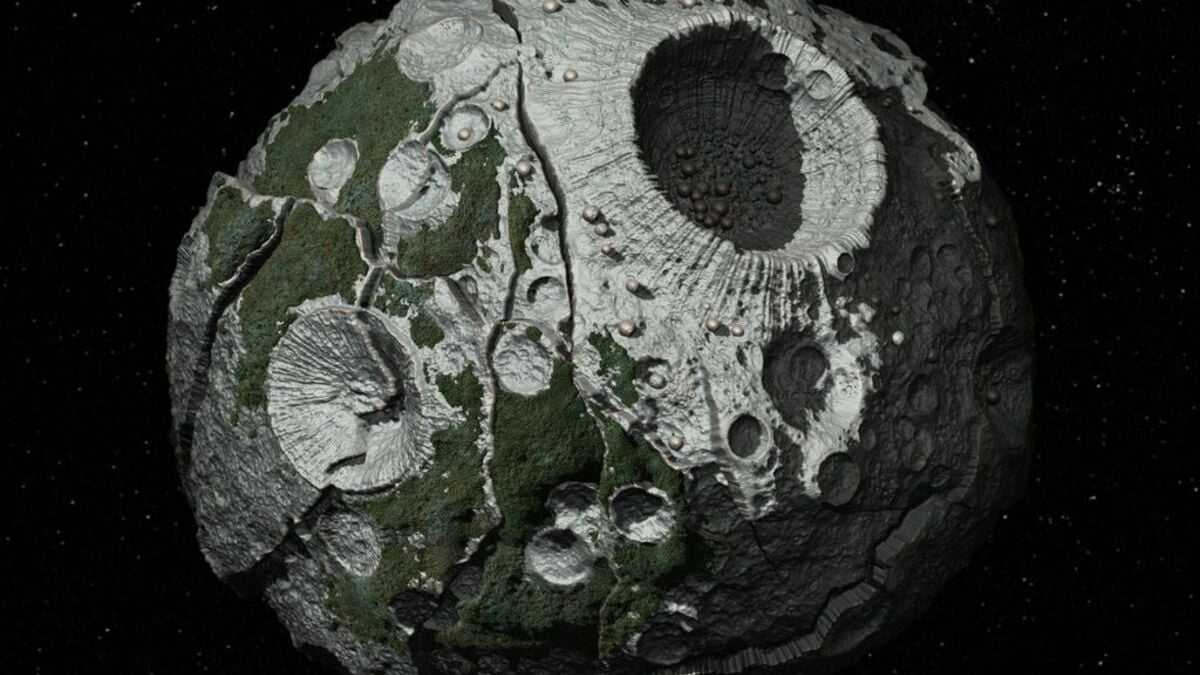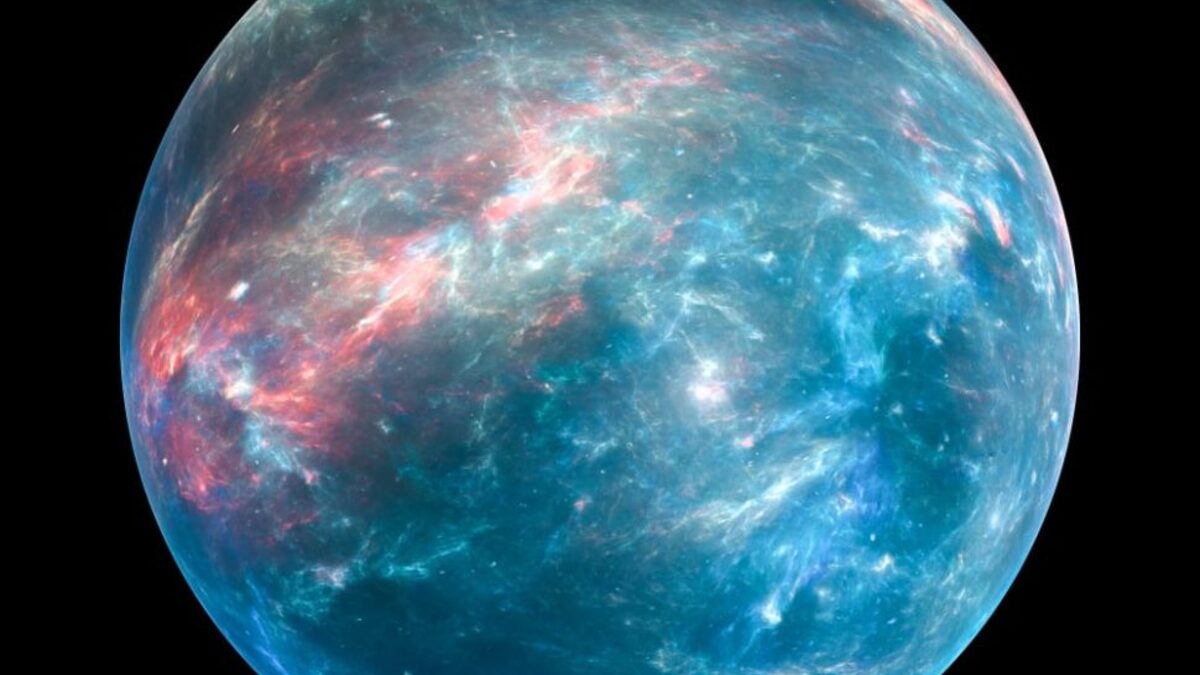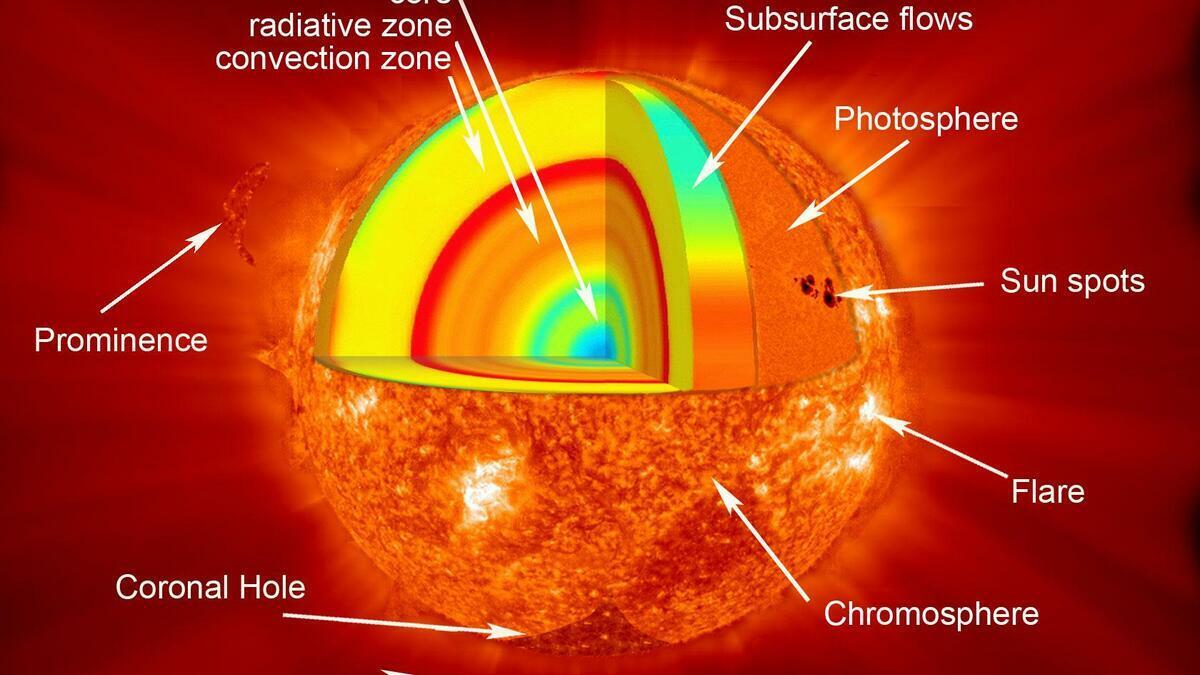Internet Blackout Due To A Solar Storm
A solar storm has such power that it can destroy many electrical equipments on earth and can cause an internet blackout. Solar storm impact can create severe problems on earth like Grid failure. An Indian researcher Sangeetha Abdu Jythin said that in 2021 a massive solar storm is likely coming and the internet, which is … Read more

